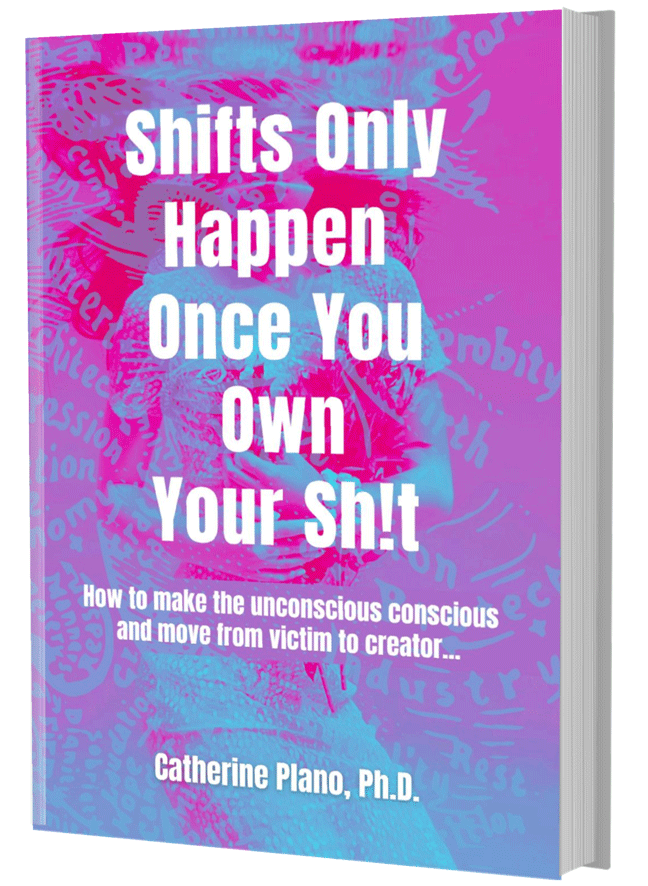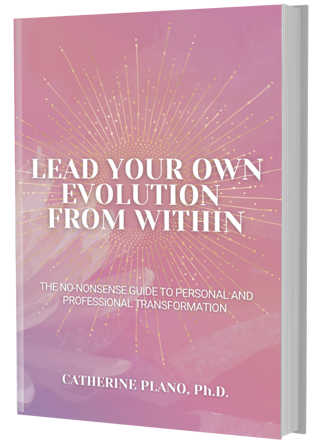So… What Motivates You?
Are you moving towards or away from your goals?
Everyone either moves towards what they want or away from what they don’t want.
There are two distinctive unconscious drivers: moving towards and moving away. These drivers are motivated by two fundamental desires – one is to gain pleasure and the other is to avoid pain. When we put them together, moving away from pain motivates us. Or moving towards pleasure motivates us.
A moving towards (pleasure) person will be motivated by rewards and achieving goals. A moving away (pain) person predominantly moves away from what they don’t like and are best motivated by fear.
A great example of this: a colleague of mine who runs a business just couldn’t motivate this one particular person. They literally would throw money at them, give them incentives for completing their work on time and even throw in the odd movie tickets with dinner for two. And nothing worked. Until we had a conversation one day and said maybe your employee is motivated by fear, a moving away direction – meaning you have to give them an ultimatum, for example you could try – ‘If you do not finish this project by this date, I am going to have to find someone else to do the job’.
The Unconscious Mind: Your Reptilian Brain
We are born with a pleasure principle; we seek immediate gratification of needs, for which our bodies reward us with feelings of pleasure. The reverse is also true – the pain principle says that, whilst seeking pleasure, people will also seek to avoid pain.
It’s all part of our unconscious mind – your reptilian brain is part of your unconscious (subconscious) mind and its primary role is to make sure that you stay alive. The reptilian part of the brain is the part that responds to pain and pleasure and makes this distinction very simple: pain is to be avoided (identify undesirable behaviour) and pleasure is to be pursued (identify desired behaviour).
Since our reptilian brain is triggered by external events and is an unconscious part of our mind, we are not aware of our behaviours. Therefore, if we want to create the change that is needed, it is important to understand that our reptilian brain speaks the language of pictures, not words.
Pleasure & Pain Awareness
This is the secret to changing your unconscious patterns – to become consciously aware of how pleasure and pain influence your behaviour. Since the emotional brain causes us to seek pleasure and avoid pain, this is something that you can consciously use to your advantage rather than having it unconsciously work against you.
For example, when you want to motivate your behaviour towards something, you can use the prospect of some future pleasure to help you get through a period of pain or discomfort.
Mind you, some people respond better to the prospect of pain, so if using pleasure doesn’t work for you, then try using pain. This can be used in exactly the same way as pleasure to influence your behaviour, only in this case, you are moving away from pain as opposed to towards pleasure.
As with pleasure, this pain should be something that you really want to avoid. The stronger you can make this pain, the more emotion you will attach to it and the more motivated you will be to avoid it.
Motivation: A Practical Approach
Let’s do a quick example around losing weight (a lot of people can relate to this one). Have you ever gone on a diet or eating regimen? If you have, was it because you did not want to be fat (i.e. moving away from the pain of being fat)? Or was it because you wanted to be healthy and vibrant (i.e. moving towards the pleasure of feeling good)?
Someone moving towards this ideal of losing weight is:
- Energised by accomplishment
- Positive and motivated
- Confident about achieving their goal
- Driven by the reward in the end
- They focus on the possibility and benefit
Someone moving away from this ideal of losing weight is:
- Negative and feels pain
- Talk about the terrible things that no longer serve them
- Motivated by threats like potential problems
- Fear of taking risks
- Can be overcautious and miss the opportunity
Looking at the example of taking on the challenge of losing weight, the person with the moving away driver would focus on (or say) the following comments:
- I don’t want to be fat
- I don’t want to look bad
- I am afraid that my partner will leave me if I don’t lose the weight
- I hate going to the gym, it physically hurts
- I don’t want to be sick any more
The person with a moving towards driver would speak like this:
- I am creating a plan to lose 2 kg per week
- I am working towards my overall health
- I have joined a gym close to where I live / work
- I am setting myself a challenge to lose 15 kg by September 27th (very specific)
- I am so excited and so motivated that I can’t sleep
Can you see the difference between the two? One is moving away from what they want to achieve and one is moving towards what they want to achieve.
The key is to understand the driver that motivates the thought patterns and behaviour and then we can communicate with that person in a way that kick-starts their ignition, which appeals to their driving force and creates motion.
Moving Away or Moving Towards: Understand and Apply
It is actually very simple; let’s stay with the losing weight example. Imagine you are a Personal Trainer and you have a moving away client: you can simply say – ‘if you don’t do something about your weight now, your life could be shortened by 10 years’ (using fear to get them motivated). Or… if your client was a self-motivated, moving forward person, you can say – ‘are you ready to kick your health to the next level?’
When talking to someone with a move away driver, you could say something like ‘here is what we want to avoid’ or ‘this will reduce our potential problem’.
People who have this driver notice what should be avoided, gotten rid of or fixed. They have a tendency to focus on problems and the things that they must avoid before moving forward, and they are good at troubleshooting, solving problems and pinpointing possible obstacles. They may set goals, however they have difficulty prioritising their actions and are often distracted by trying to fix crisis situations. In order to influence, motivate and build connection with a move away person you need to present them with a problem that needs to get fixed and then hold them accountable for solving this problem. This really appeals to them.
They tend to fall into yo-yo style results simply because once they have moved so far away from their pain point (i.e. being fat), the motivation disappears and they slowly start making their way back into the pain zone.
For a move towards person you would say something along the lines of ‘here are our goals and objectives’. People with this driver firmly focus on the attainment of their goals. They tend to be good at managing priorities and are always clear about what they want out of life. In order to influence, motivate and build a sincere connection with a move towards person it’s important to focus their mind on the process of goal achievement – inform them about the significance of achieving specific goals and outcomes and the benefits, particularly the benefits to themselves.
Set Goals and Get Motivated
Great goals are outcome-focused and once you understand why you are not achieving your goals and have a better understanding of your unconscious drivers – you are 100% there!
When setting your goals focus on the outcome:
- What is it that you really want? Dig deep…
- What is the specific outcome that you are looking for?
- What is the pain for you of not achieving your goal?
And then check in to see:
- Are your goals aligned with your life purpose? Plan or Vision? If not, what is your gut feeling telling you?
- Are the goals something you truly want, or are they something you think you should have or should be doing? If it’s a should, it may be someone else’s dream…
- When you think about your goal, does it give you a sense of deep contentment or ‘rightness’, happiness and/or excitement? If so, that’s a great sign of a healthy goal.
- But also look at: how does this goal fit into your life/lifestyle? Think time/effort/commitments/who else might be impacted?
It’s important to identify your obstacles so you can plan for them. Ask yourself:
- Can you start and maintain this goal/outcome? I.e. do you have complete control over achieving it?
- How will making this change affect other aspects of your life? I.e. what else might you need to deal with?
- What’s good about the current situation? I.e. what’s the ‘secondary gain’ for staying right where you are?
Then, how can you keep those good aspects while still making this change?
- What might you have to give up/stop doing to achieve this goal? Essentially, what’s the price of making this change – and are you willing to pay it?
- If there were something important around achieving this goal (to help you succeed, or that could get in the way) that you haven’t mentioned yet, what would it be?
And, most importantly, who will you have to be to achieve this goal?
Goal allocation:
- Is the goal the right size to be working on?
- Too big? Break down into smaller goals. Too small? Fit into a larger goal.
- What would be the minimum /super-easy level of goal to achieve?
- What would be your target level of goal to achieve?
- What would be your extraordinary level of goal to achieve?
Resources – get moving:
- What resources do you already have to help you achieve your goal (things, people, contacts, personal qualities, skills, info, finance etc.)? Create a list!
- What resources do you need to help you achieve your goal? Create a list!
Remember – goals are there to inspire you, not to beat you up…





